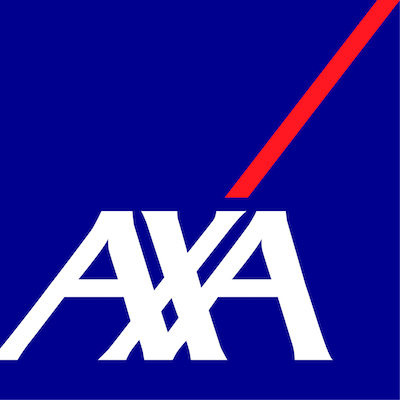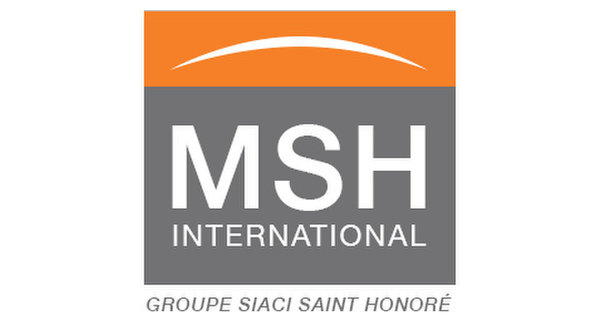
Life Insurance
Life insurance, also called Term life or Universal Life insurance. Pure term life insurance contains no inbuilt savings; it is simply your bet against the insurers that you may die prematurely.
These are not things we want to talk about.. but remember when you were 20? At that age one out of four men could expect NOT TO BE ALIVE on their 65th birthday (source Swiss Re 2001). For men the chances of dying prematurely are higher than women’s chances of death at the same age.
Term life rates in Asia generally are significantly more expensive than term life rates in the US. In part this is because of competition and in part because of the availability of statistics. Part of the reason also may be that in Asia there is a prevalence of traditional whole-of-life insurance and increasingly unit-linked insurance products which are far more profitable to insurers than term life. So term life’s less attractive pricing helps drive customers toward taking out savings-oriented rather than term life cover.
One downside of term life cover is that as it only goes for a term and not necessarily for life, there is thus no certainty there will ever be a claim paid out on it.
If you are an American living in Asia, there was a time when you could buy from an American insurer called ‘Transamerica’. Nowadays however, Transamerica HK will insure anyone but an American, perhaps because they may have had experience of US nationals lapsing their HK policies on return to the US.
In all probability, if you are a smoker (even a cigar smoker lighting a cigar every second month), we will find you more competitive smoker rates from other local insurers than Transamerica. Such companies however are generally tougher with their medical underwriting than Transamerica, which tends to appeal to a more demanding, professional audience of people who believe in buying term and investing the rest.
With most companies you are going to need to go for a medical exam. Depending on your age and the level of cover you need, you may face additional tests like ECGs, treadmill tests and extensive probing as to your assets and liabilities.
The suggestion from most life insurers is that we should have sufficient cash on our death to cover family expenses of at least a further 7-10 years. In the US for those with life cover, the average multiplier is apparently around 3.5 times the annual salary.
Term Life Insurance
Term life insurance or term assurance is life insurance that provides coverage at a fixed rate of payments for a limited period of time, the relevant term. After that period expires, coverage at the previous rate of premiums is no longer guaranteed and the client must either forgo coverage or potentially obtain further coverage with different payments or conditions. If the life insured dies during the term, the death benefit will be paid to the beneficiary. Term insurance is the least expensive way to purchase a substantial death benefit on a coverage amount per premium dollar basis over a specific period of time.
Universal Life Insurance
Universal life insurance (often shortened to UL) is a type of permanent whole of life insurance, where the excess of premium payments above the current cost of insurance is credited to the cash value of the policy.
Essentially the more you pay for a given amount of life cover, the greater will be the accumulated cash value.
This product initially gained popularity in the US in the 1970’s in response to consumer objections over the fact that a traditional life insurance policy did not reveal the allocation of premium between the costs of life cover and savings!
Features of a typical UL policy are as follow:
- Flexible Premiums
- Flexible benefits
- An “unbundled” pricing structure; and
- A facility to accumulate a cash value
Flexible Premiums:
Subject to certain limits, the policyowner may pay more or less than the premium stated in a given year, after the first year. At his option, he can even omit premium payment for a particular year (again subject to certain conditions). Of course, the amounts of coverage and cash value depend on how much premium is paid
Flexible Benefits:
Subject to certain limits, the death benefit purchased may be increased or decreased, although proof of insurability may be required for an increase in benefit. The Death Benefit will be the face amount plus the cash value, or the face amount only.
Cash value:
After the first premium payment, additional premiums (subject to an individual limit) can be paid at any time. These, with interest earnings, are added to the cash value after the deduction of expense.



